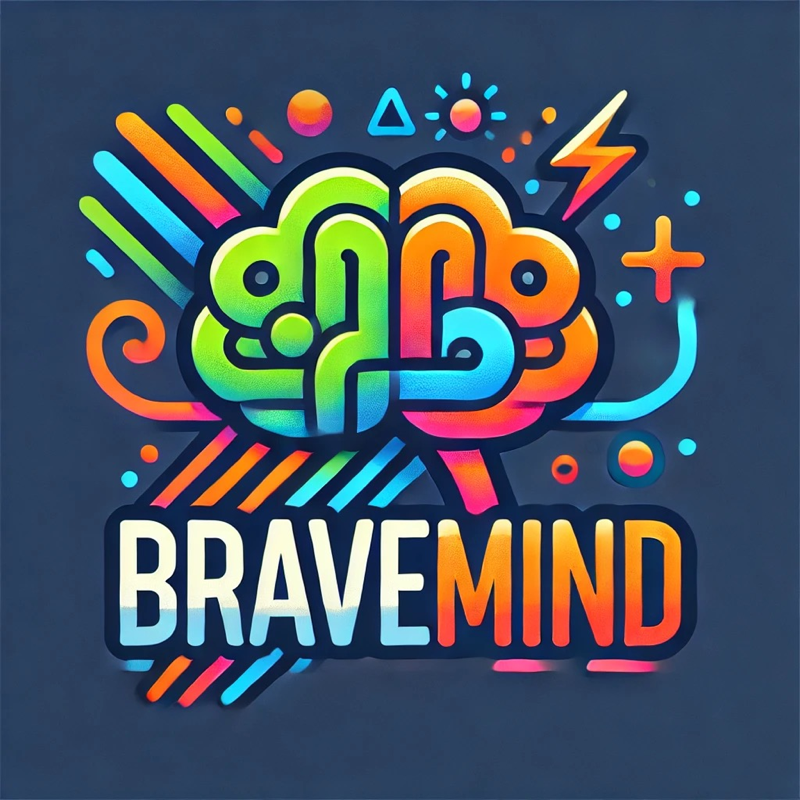BraveMind represents a breakthrough in therapeutic technology, combining the immersive power of virtual reality with evidence-based exposure therapy techniques. This platform enables mental health professionals to create controlled, safe, and repeatable therapeutic experiences that help patients confront and overcome their fears in a supportive virtual environment.
BraveMind VR Therapy Platform
Designing immersive VR exposure therapy applications to help individuals overcome anxiety through controlled, therapeutic virtual environments
The Challenge
Problem Statement
Traditional exposure therapy for PTSD and anxiety disorders often faces significant barriers: patient resistance to real-world exposure, limited control over environmental factors, safety concerns, and high costs associated with in-vivo therapy sessions. There was a critical need for a safe, controlled, and cost-effective alternative that could provide the same therapeutic benefits while reducing patient anxiety and improving treatment accessibility.
Virtual Reality Exposure Therapy (VRET)
Pioneering the use of VR technology to create safe, controlled therapeutic environments for PTSD treatment and anxiety disorder management.
Brand Identity & Logo Exploration
The BraveMind brand identity explores the intersection of courage, therapy, and technology. Each logo concept represents different aspects of the healing journey and the innovative VR therapy approach.



Platform Overview
Main Platform Interface

Team Collaboration Dashboard

Key Design Innovations
Safe Therapeutic Environment
- Graduated exposure levels with therapist control
- Instant session pause and safety protocols
- Real-time patient comfort monitoring
- Emergency exit procedures always accessible
Clinical Integration
- Seamless EHR system integration
- Automated session documentation
- Progress tracking and analytics
- Insurance compliance reporting
Adaptive VR Experiences
- Personalized virtual environments
- Dynamic difficulty adjustment
- Multi-sensory therapeutic triggers
- Customizable exposure scenarios
Accessibility & Comfort
- Motion sickness prevention protocols
- Adjustable comfort settings
- Multiple accessibility options
- Cross-device VR platform support
Development Status & Impact
Clinical Trials & Research
Currently undergoing Phase II clinical trials in partnership with leading medical institutions. Early results show 73% improvement in patient engagement compared to traditional exposure therapy methods, with significant reductions in treatment dropout rates.
Healthcare Partnerships
Established partnerships with 15+ healthcare institutions and therapy centers across the United States. Current pilot programs demonstrate improved patient outcomes and reduced therapy session costs by an average of 40%.
Patient Feedback & Results
Patient satisfaction scores averaging 4.6/5.0, with 89% reporting feeling more comfortable with VR exposure therapy compared to traditional methods. Significant improvements in treatment completion rates and therapeutic outcomes.
Technical Innovation
VR Interface Design: Created intuitive VR interfaces that minimize cognitive load while maximizing therapeutic engagement. Implemented advanced comfort settings, motion sickness prevention, and accessibility features that work across diverse patient populations.
Clinical Workflow Integration: Developed seamless integration with existing healthcare systems, including electronic health records (EHR), scheduling systems, and insurance billing platforms. This ensures BraveMind fits naturally into existing clinical workflows without disrupting established practices.
Evidence-Based Design: All design decisions are grounded in clinical research and evidence-based therapy principles. Collaborated extensively with licensed therapists, psychologists, and PTSD specialists to ensure therapeutic efficacy and safety.
Scalable Platform Architecture: Built with scalability in mind to support widespread adoption across healthcare systems. The platform supports multiple VR devices, various therapy modalities, and can be customized for different clinical settings and patient populations.